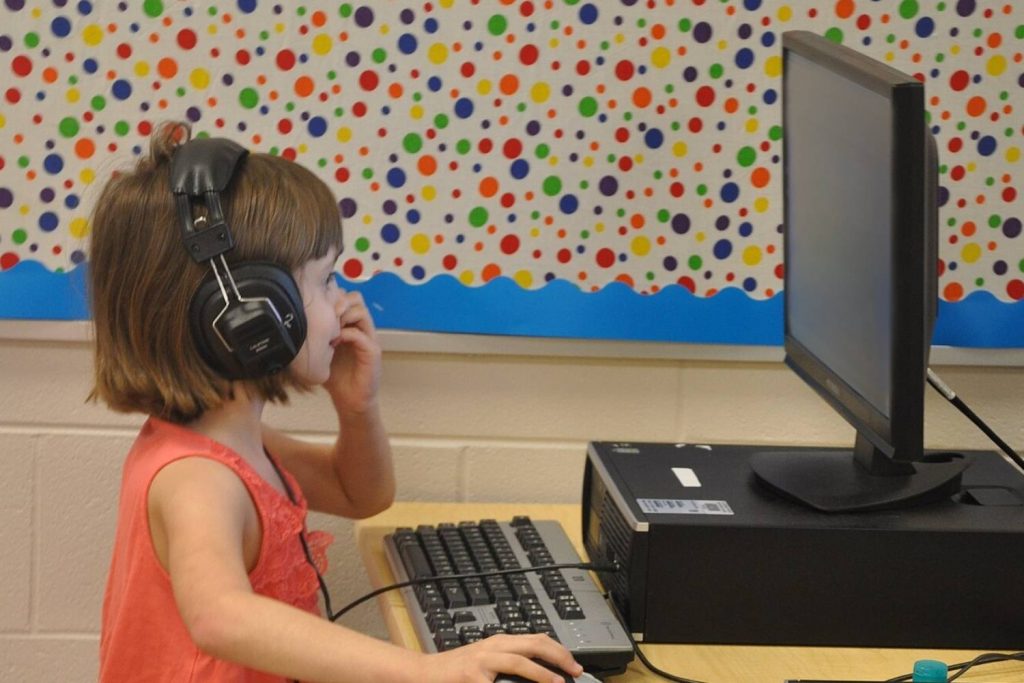
Are We Headed Towards a Takeover of AI in French Education ?
As we reached September, France had the Rentrée, its big “Back to School” moment last month. School is normally an important step for millions of students, developing their own mental capacities and personal knowledge throughout their youth.
They resolve problems, analyze data, learn the history of humanity, discover ways to put their own thoughts into form… but over the past few years, some students have given up on doing those tasks by themselves: they let AI take care of everything.
Artificial intelligence has already taken over many aspects of our daily lives; education couldn’t escape it either. With 74% of people aged 18 to 24 using those systems, according to a poll conducted by Ipsos, and 82% of students having used generative AI at least once – 68% of them using it at least once or twice every week – according to a questionnaire from the French Ministry of Higher Education, there’s a clear turnaround in the way young people throughout the country go through their educational journey.
Working faster, not smarter
While artificial intelligence could be much-needed help for students who struggle with comprehension or the difficulty of an exercise, it’s also a way for students looking to cut corners to solicit those intelligent systems and get them to do their homework quickly.
Data provided by OpenRouter showed ChatGPT usage averaged about 80 billion requests in May and hit its peak on May 27, when users generated over 90 billion requests.
The number of requests plummeted during the summer and has picked up since September, reaching a peak of just over 86 billion requests on September 30.
Those days are not random: they match the rhythm of students, who tend to have their final tests by May and go back to school in September.
Though OpenRouter analyzes worldwide data, you simply have to look at the Baccalaureat, the French high school final exam, and its cheating data for the past years to get a local insight. In 2024, 5% of cheaters had used “artificial intelligence” to do their work, according to the Ministry of Higher Education.
Teaching AI
With the number of AI uses trending upwards, putting a full stop to the technology seems like a lost cause. In that case, it might be worth looking at it from another angle.
“There are good things about AI. If you go back to 3 years ago, when you had a course you didn’t understand, you had to do so much research,” Evann Hislers, student at SciencesPo and author of the “L’IA pour les Étudiants (AI for Students)” guide, explains. “Now I can just ask ChatGPT and learn something very easily in two or three minutes. […] There are people who use AI the right way. They don’t see it as a production tool but as a helpful companion.”
Evann’s perspective is shared by Deborah Elalouf, president of the Tralalere company which oversees Internet Sans Crainte (Internet Without Fear), the national digital education program for the youth and their families.
Thanks to feedback from the various operations created by the program, including the Safer Internet Day initiative during which Internet Sans Crainte gets to take on the technologies of the future with students, teachers and parents, she has realized the youth also acknowledges that lack of information surrounding the use of AI.
“It’s important to learn how to use [those tools] and how to question them, in the way that uses our brains and does not create cognitive holes,” Deborah explains. “[Young people] really ask for support and help. It’s not just telling them “[AI]’s dangerous” or “It’s fantastic”. They asked us for tips on how to use it in a smart way, and how to dompt our AIs.”Elisabeth Borne, the French Minister of Education, has acknowledged this need to educate students on the ways to use AI and the way it reshapes the learning experience. An overhaul of the education system, geared towards artificial intelligence, might be needed in the coming years.
🎧 Listen to the latest episode of the High-Tech Intermission available on the World Radio Paris website. Also available on Spotify, Apple Podcasts and other podcast platforms.